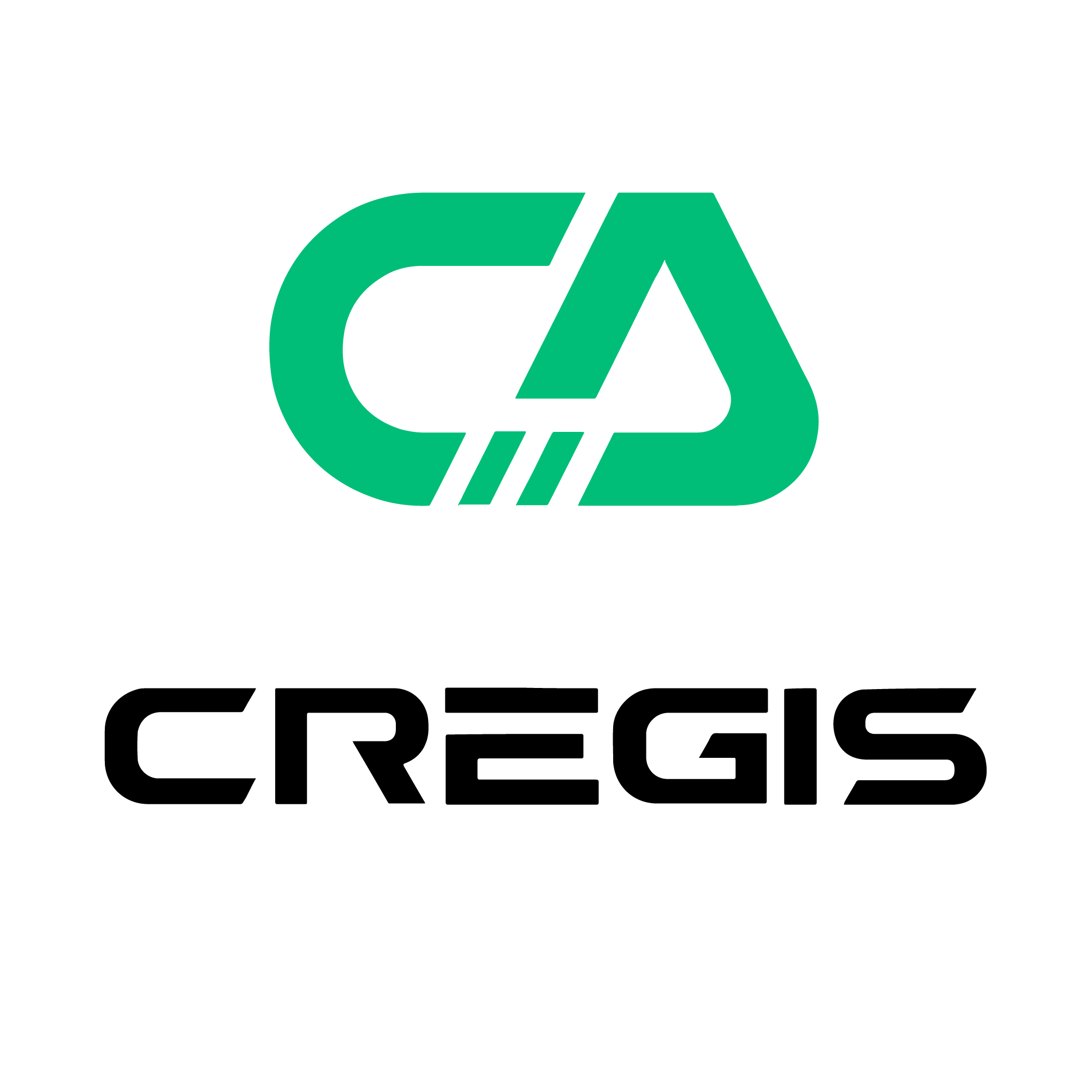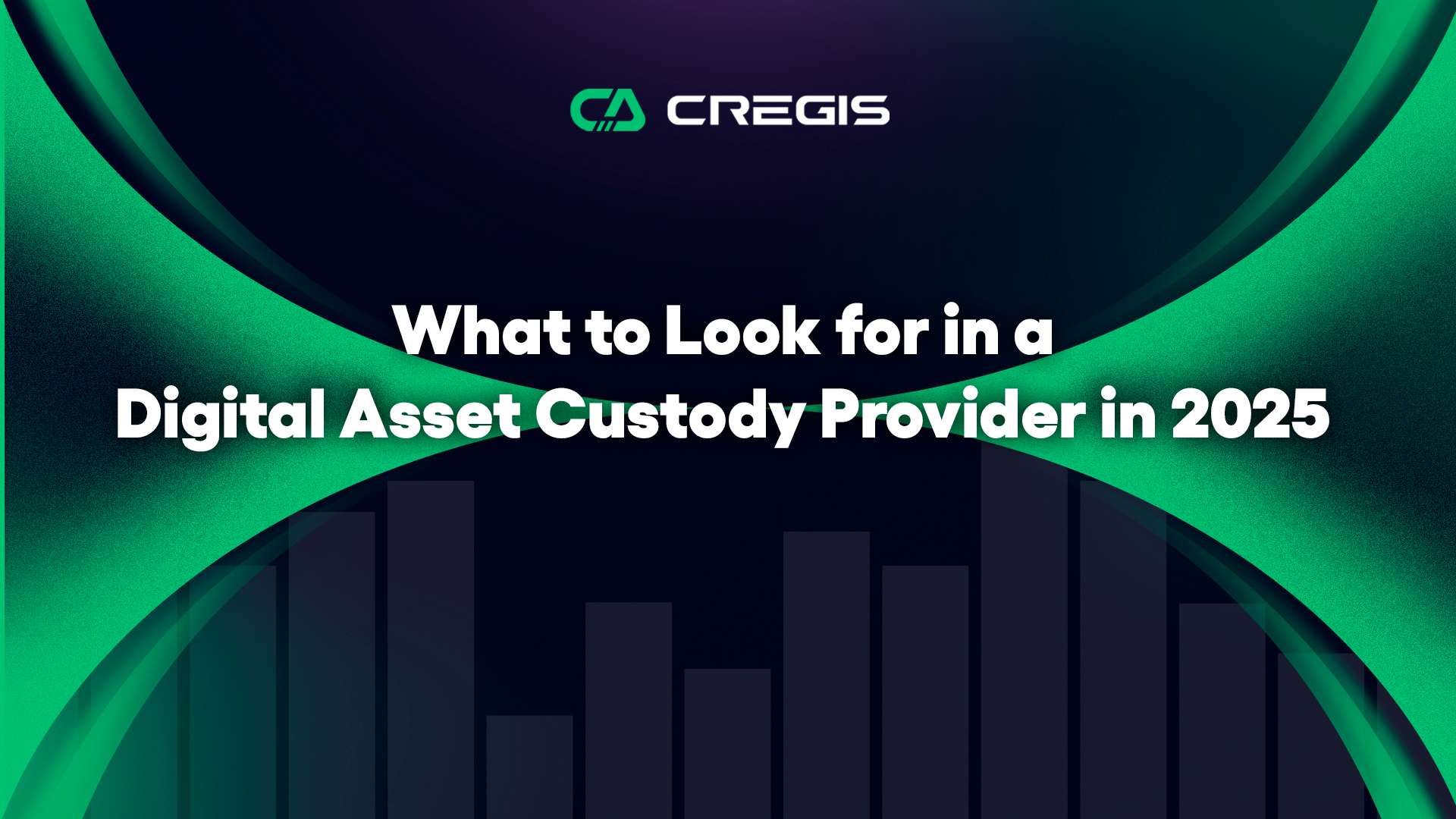As the digital asset market matures, custody has evolved beyond a storage function. It's now a core pillar of institutional strategy. In 2025, enterprises, fintech platforms, and asset managers require more than cold wallets and basic security layers. They need flexible, compliant, and future-ready infrastructure to manage digital assets confidently and efficiently.
Digital asset custody providers like Cobo have demonstrated the value of simplifying wallet infrastructure and enabling organizations to scale their blockchain operations. As the landscape grows more sophisticated, the need for differentiated custody infrastructure, like what Cregis delivers, has never been more critical.
1. Security Isn’t Optional—It’s Foundational
At the center of any custody solution lies the safeguarding of private keys. While traditional methods—such as cold storage and software wallets—have served their purpose, today’s digital asset environment calls for more advanced protection.
Multi-party computation (MPC) has become the industry standard. Instead of storing the private key in a single location, MPC splits it into multiple key shares distributed across different environments. These shares must work together to authorize a transaction, reducing single points of failure and enhancing resilience.
2. Simplicity Comes with Self-Custody
As institutions grow more sophisticated, many are seeking greater control over their assets. While custodial solutions still serve an important role, especially in regulatory or operationally constrained environments, self-custody offers a compelling alternative for teams looking to align security with agility.
The key is operational simplicity. A modern self-custody platform allows institutions to retain ownership of private keys while incorporating enterprise-grade tools—such as access control, transaction policies, audit logs, and programmable workflows.
3. Compliance That Moves as Fast as Regulation
From the EU’s MiCA framework to Hong Kong’s VASP regime and evolving U.S. oversight, digital asset regulations are moving quickly. Staying ahead requires more than awareness. It demands infrastructure that’s built to adapt.
Modern custody solutions integrate compliance directly into system architecture: automated reporting, sanctions screening, real-time transaction monitoring, and configurable risk scoring ensure readiness in any jurisdiction.
4. Built for Integration: Cregis vs. Cobo and Other Custody Platforms
Digital asset custody should be a part of your broader technology ecosystem, not a silo. Whether you’re building a trading platform, a neobank, or a global payment network, seamless integration is essential.
That’s why forward-looking platforms like Cobo and Cregis are built with developers in mind. They offer clean, well-documented APIs, SDKs in popular programming languages, webhook support, and broad blockchain compatibility—enabling fast deployment and easy scaling across multiple chains and services.
5. Business Continuity Through Built-In Resilience
The digital asset market never sleeps. Downtime isn’t just inconvenient, it’s costly. A modern custody solution must deliver enterprise-grade uptime through built-in redundancy, disaster recovery, and multi-region deployments.
By embedding resilience at the infrastructure level such as load balancing, secure key recovery protocols, and failover systems, organizations gain the assurance that they can operate continuously and securely, even in the face of unexpected events.
6. Onboarding Without Friction
Adopting a new custody solution shouldn’t slow your business down. Whether you're an early-stage team or an established institution, the onboarding experience should be fast, transparent, and accessible.
The best platforms offer intuitive dashboards, pre-integrated sandbox environments, and dedicated support from solution architects—making it easy to test, deploy, and train without roadblocks or delays.
Why Choose Cregis
At Cregis, we believe custody is no longer just about safe storage—it’s about enabling secure, scalable financial interaction in the digital age. That’s why we offer both MPC Wallet and Wallet-as-a-Service (WaaS), each designed to help institutions meet the demands of modern digital asset management.
When you choose Cregis, you’re not just choosing a vendor—you’re choosing an infrastructure partner that prioritizes control, resilience, and long-term growth. Our platform is:
- Secure
- Compliant
- Future-Proof
Built for institutions that value control, resilience, and growth, Cregis delivers a custody infrastructure that supports where the industry is going, not just where it’s been.
About Cregis
Founded in 2017, Cregis is a global leader in enterprise-grade digital asset infrastructure, providing secure, scalable and efficient management solutions for institutional clients.
Built to solve the challenges of fragmented blockchain systems and asset security risks, Cregis delivers MPC-based self-custody wallets, WaaS solutions, and Payment Engine, featuring collaborative asset control and a compliance-ready ecosystem.
To date, Cregis has served over 3,500 institutional clients globally. Our solutions empower exchanges, fintech platforms, and Web3 enterprises to adopt blockchain technology with confidence. Backed by years of proven expertise in blockchain and security, Cregis helps businesses accelerate their Web3 transformation and unlock global digital asset opportunities.

